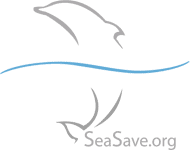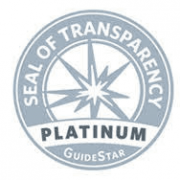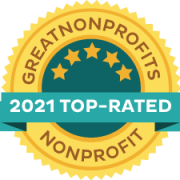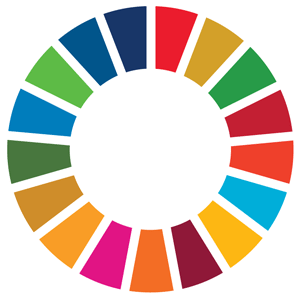
1. Busan Ocean Conference Mobilizes $9.1 Billion Despite U.S. Absence
Busan, South Korea – The 10th Our Ocean Conference concluded April 28-30, 2025, in Busan, marking a decade of global ocean action. Delegates from over 100 countries announced 277 new commitments totaling approximately $9.1 billion targeting ocean-climate nexus, marine pollution, marine protected areas, sustainable fisheries, blue economy, and maritime security.
This year’s pledges raised the conference’s decade-long total to nearly $170 billion across 2,895 commitments. South Korea, as host, made 76 pledges worth over $2.5 billion, focusing on fisheries management, decarbonizing shipping, and climate science, alongside ratifying the high seas treaty. Notably, the U.S. government did not participate or pledge for the first time since the conference’s inception. Despite this, momentum for ocean conservation remained strong. The conference theme, “Our Ocean, Our Action,” emphasized transitioning from crisis to hope through concrete governance and innovative digital ocean initiatives.
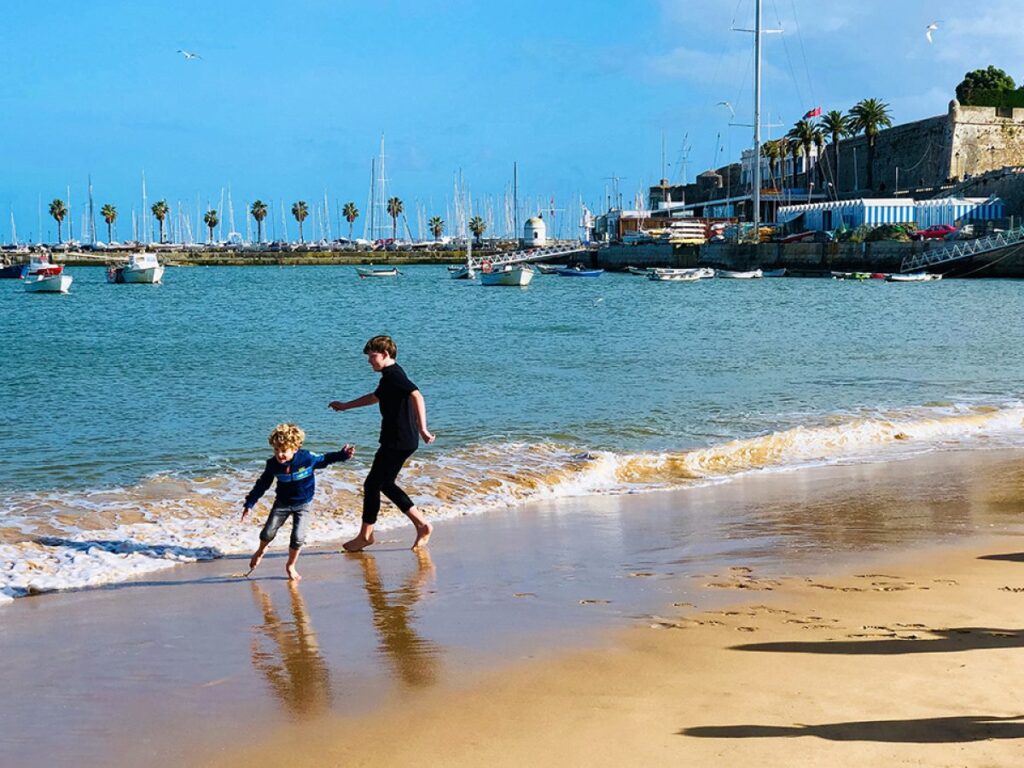
2. World Leaders Unite to Protect Oceans With Ambitious New Declaration – Third UN Ocean Conference Finalized
New York, United States – Global negotiators have finalized the political declaration set for adoption at the upcoming Third UN Ocean Conference in Nice, France. The declaration, agreed upon after months of intense discussions, aims to accelerate action on ocean health, sustainable fisheries, and marine biodiversity. It highlights the urgent need to address pollution, overfishing, and climate change impacts, while committing nations to strengthen science-based policies and international cooperation.
The finalized text also recognizes the vital role of indigenous knowledge and the importance of equitable benefit-sharing from marine resources. With the world’s oceans facing unprecedented threats, this declaration is expected to galvanize governments, scientists, and civil society to ramp up efforts toward achieving Sustainable Development Goal 14. The conference in June 2025 is poised to become a pivotal moment for ocean conservation and global environmental governance.
Editorial Note: Sea Save Foundation has a mandate to work to protect oceans on an international level. We will have a delegation at the summit in Nice. This meeting is only held once every three years.
Thank you for your generous gift that will help us continue the production of this weekly, free publication
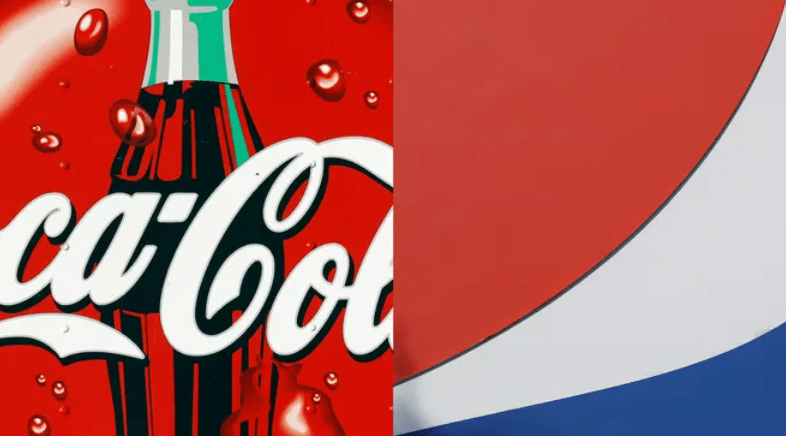
3. Pepsi and Coca-Cola Hit With Lawsuit Over “Dire” Plastic Waste Crisis in U.S. Virgin Islands
St. Thomas, U.S. Virgin Islands – The government of the U.S. Virgin Islands has filed a lawsuit against beverage giants PepsiCo and Coca-Cola, accusing them of fueling a severe plastic waste crisis in the territory. The suit, lodged in the Superior Court of the Virgin Islands, claims the companies misled consumers by marketing single-use plastic bottles as environmentally responsible, while failing to provide or fund proper disposal solutions.
With the islands’ landfills nearing capacity and recycling complicated by costly off-island shipping, officials say the situation has become “dire.” The complaint also alleges both companies ran disinformation campaigns about the sustainability of their products. As plastic waste continues to threaten local ecosystems and public health, the case shines a spotlight on corporate accountability in the global fight against plastic pollution.
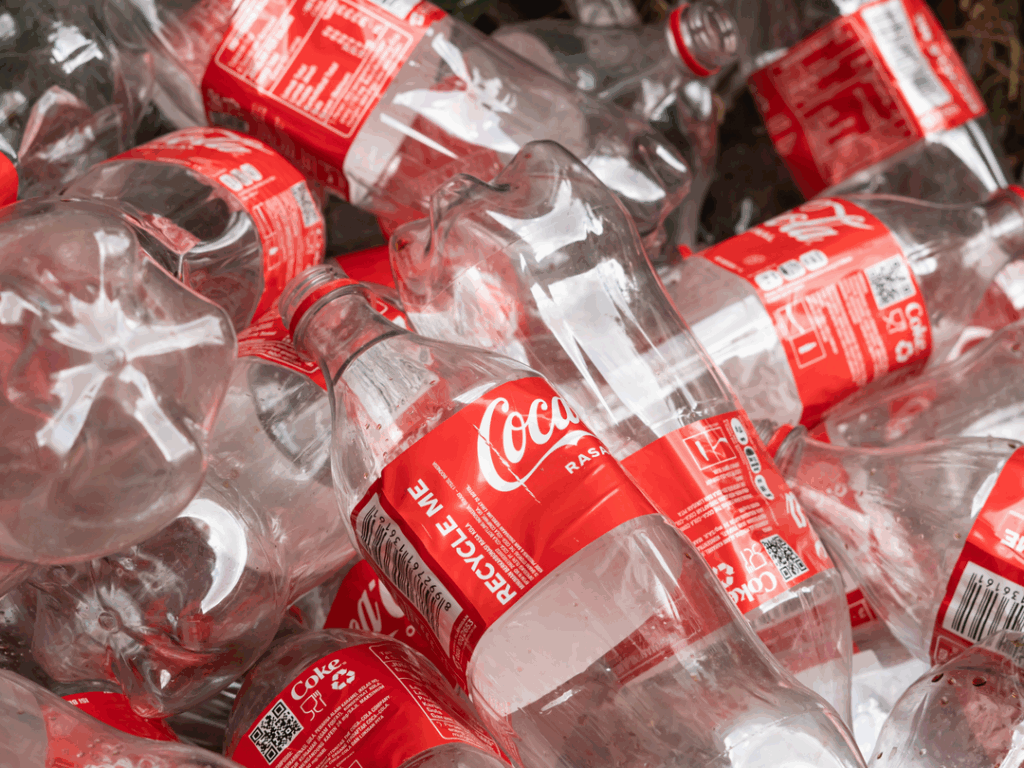
4. Coca-Cola Forced to Change ‘100% Recycled’ Bottle Claims After Legal Challenge
London, United Kingdom – Coca-Cola is set to overhaul its “100% recycled” and “100% recyclable” claims on plastic bottles after a legal complaint from the European Consumer Organisation (BEUC) and advocacy groups accused the company of misleading consumers. The complaint argued that these statements only applied to certain parts of the bottle, excluding caps, inks, and adhesives, which are rarely recycled or mentioned on labels.
Following dialogue with EU consumer protection authorities, Coca-Cola will now revise its product labels and marketing, including its use of “green” imagery and symbols, to avoid greenwashing. ClientEarth and BEUC say this move sends a warning to the entire industry that misleading recycling claims pose legal risks and hinder consumers’ ability to make informed environmental choices. Regulators will monitor Coca-Cola’s rollout and assess similar practices by other major brands on the EU market.

5. Philippines Unveils $60 Million Ocean Protection Pledge at Global Summit in Busan
Busan, Republic of Korea – The Philippines has announced five ambitious new voluntary commitments worth $60 million to combat marine pollution and boost biodiversity conservation, unveiled during the 10th Our Ocean Conference held April 28-30, 2025. Led by DENR Undersecretary Jonas Leones, the delegation outlined initiatives including a Philippine Coast Guard target to collect 80 million kilograms of garbage from domestic shipping by 2030, expanded reef monitoring in Palawan, and improved protection of marine turtle nesting sites in Ilocos Sur.
Other pledges feature a youth-focused sports and conservation campaign and the creation of a new oceans policy bureau within the Department of Environment and Natural Resources, leveraging digital tools for marine protection. The commitments underscore the Philippines’ vision of a “bluer economy” that balances sustainability and prosperity, and reinforce its leadership in regional ocean stewardship ahead of the next conference in Kenya.
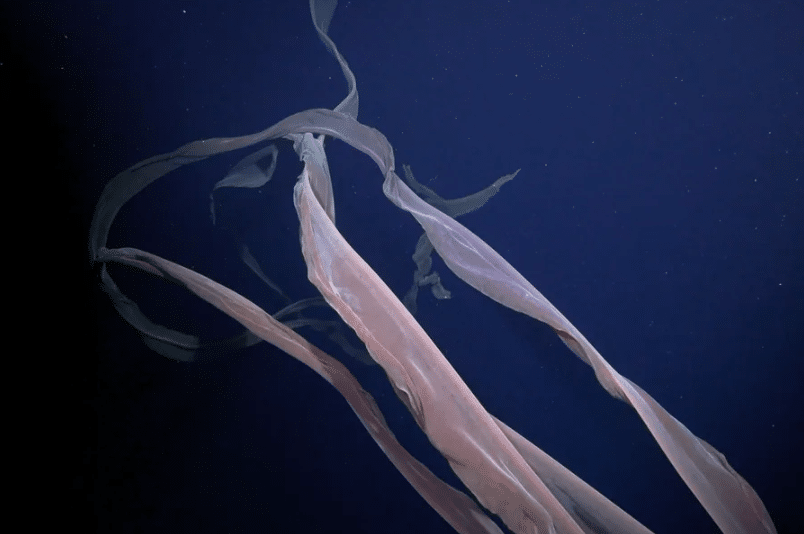
6. Ghostly Giant Jellyfish Stuns Scientists in Rare Antarctic Deep-Sea Encounter
Antarctic Peninsula, Antarctica – Marine researchers exploring the seafloor newly exposed by a massive iceberg calving from the George VI Ice Shelf have captured breathtaking footage of the elusive giant phantom jelly (Stygiomedusa gigantea). Using the Schmidt Ocean Institute’s R/V Falkor (too) and its remotely operated vehicle, ROV SuBastian, the team documented this rarely seen, mauve-colored jellyfish, which can reach over a meter across and trail four ribbon-like arms up to 10 meters long.
Unlike most jellyfish, the giant phantom jelly lacks tentacles and uses its ghostly arms to ensnare prey. First collected in 1899 but only recognized as a species decades later, it has been spotted fewer than 150 times, making this Antarctic sighting extraordinary. The expedition also revealed thriving deep-sea ecosystems and other rare creatures, offering a glimpse into a mysterious under-ice world.
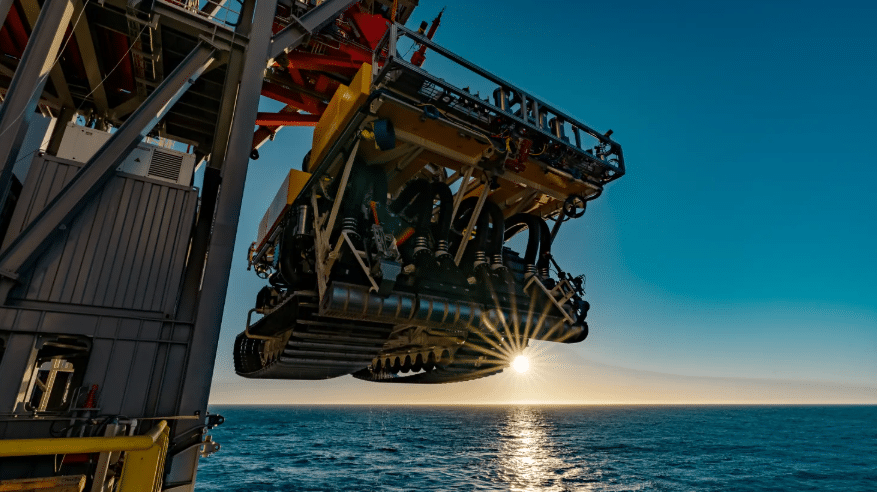
7. Trump’s Deep-Sea Mining Order Ignites Global Race for Ocean Floor Riches
Washington, United States – In a bold bid to challenge China’s grip on critical minerals, U.S. President Donald Trump has signed an executive order fast-tracking deep-sea mining in U.S. and international waters, sparking what officials call “the next gold rush.” The move aims to unlock billions of tons of polymetallic nodules-potato-sized rocks rich in cobalt, nickel, copper, and manganese-vital for defense and green tech.
The Metals Company swiftly applied for a commercial license, betting on regulatory certainty in the U.S., even as the UN’s International Seabed Authority (ISA) insists it alone can authorize mining in international waters. China’s government condemned the order as illegal, while environmental groups warn of unpredictable ecological impacts. Analysts predict the U.S. move could upend global negotiations and accelerate a regulatory showdown over the ocean’s mineral wealth.

8. The Ocean’s Never-Ending Blizzard: How Marine Snow Feeds the Deep Sea
London, United Kingdom – Beneath the waves, the ocean is in a perpetual snowfall-not of ice, but of “marine snow.” This constant shower consists of dead microscopic organisms, fish scales, feces, mucous, and other organic debris drifting down from the sunlit surface to the abyssal depths. As these tiny particles descend, filter-feeding animals intercept much of the bounty, while the remainder settles into a thick, oozy layer of silt on the seafloor.
For deep-sea urchins, worms, and countless other creatures, marine snow is a lifeline, providing essential nutrients in an otherwise barren environment. Crucially, this process also cycles carbon through the ocean’s layers, supporting the vast majority of deep-sea life. Without this “manna from heaven,” most deep-ocean communities simply couldn’t survive.

9. Attenborough’s Stirring Ocean Plea: “If We Save the Sea, We Save Our World”
Glasgow, Scotland – Marking his 99th birthday, Sir David Attenborough delivers a powerful call to action in his new documentary, Ocean With David Attenborough. The film, released ahead of a major UN ocean conference in France this June, exposes the devastation wrought by bottom trawling, scallop dredging, and industrial krill fishing on marine ecosystems worldwide. Dramatic footage shows trawlers destroying seabeds, releasing carbon, and indiscriminately killing marine life-even within marine protected areas, where such practices are still subsidized.
Attenborough also highlights the impacts of climate change on coral reefs and the threat of “modern colonialism at sea” as wealthy nations’ fleets undermine local fisheries. Despite these challenges, the documentary offers hope, showcasing rapid ocean recovery when damaging activities are halted, from kelp forests in California to the resurgence of whales and coral reefs. Conservationists urge governments to fulfill promises to protect 30% of the world’s oceans and end destructive fishing.
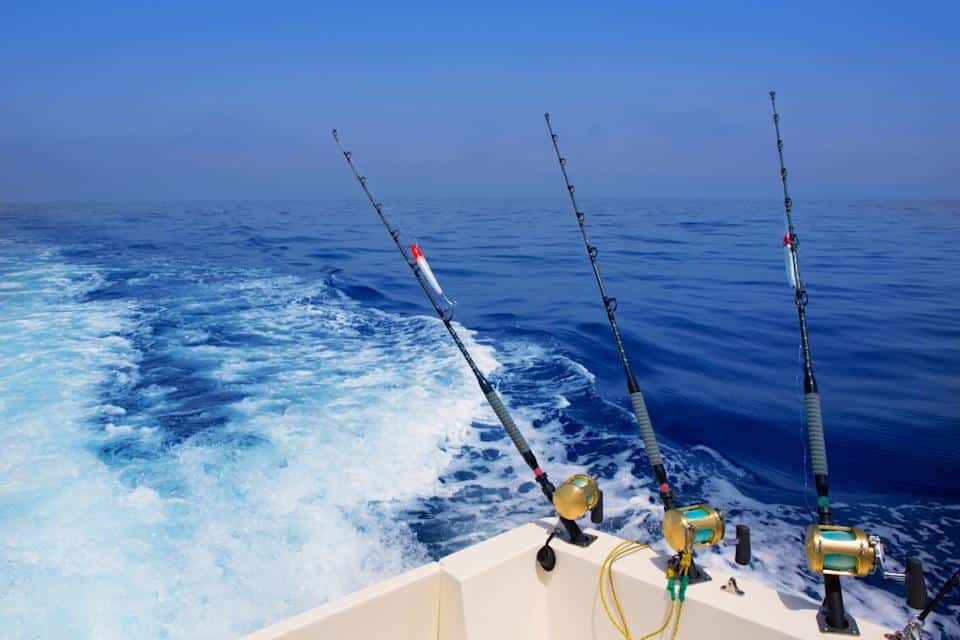
10. AI-Powered Comeback: Endangered Flapper Skate Surges Back in Scottish Waters
London, United Kingdom – After years of decline, Britain’s largest endangered fish, the flapper skate, is making a dramatic return off the coasts of Scotland, thanks to a blend of grassroots conservation and artificial intelligence. Once nearly wiped out by overfishing, these massive skates-reaching over nine feet long and 214 pounds-are now regularly spotted by recreational anglers. Hundreds of sea anglers campaigned for a legally mandated marine protected area (MPA), and now help scientists by photographing their catches and releasing them unharmed.
These images feed into Skatespotter, an AI-powered database run by the Scottish Association for Marine Science, which has cataloged nearly 2,500 individual skates. The AI system slashed a backlog of 250 unmatched images in just two weeks, accelerating research and conservation. Recent studies show catch rates in MPA zones have soared by up to 92%, fueling hope for the species’ broader recovery.
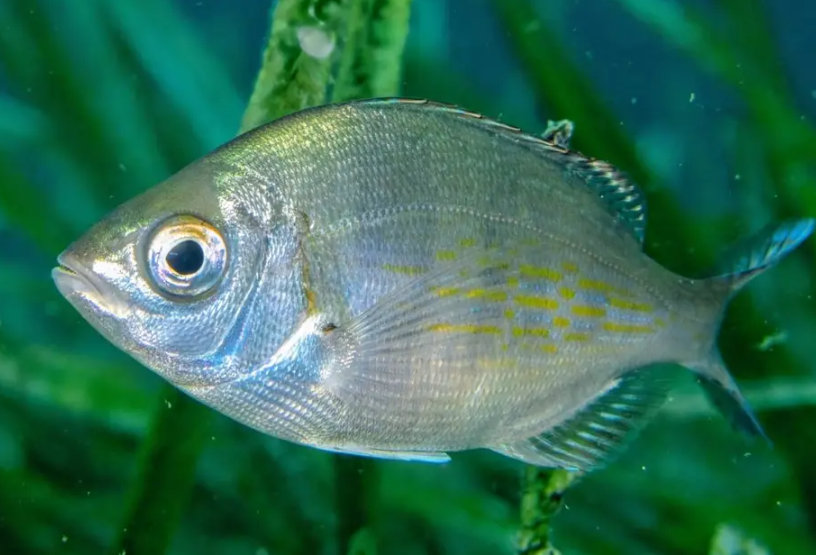
11. Seabed Superheroes: How Everyday Fish Quietly Fight Climate Change
London, United Kingdom – Fish like Atlantic cod, European eel, and giant skates are emerging as unsung climate warriors, according to new research from the University of Exeter. The study reveals that 185 fish species around the U.K. are vital to a process called bioturbation-churning and mixing seabed sediments-which helps store organic carbon and slow climate change. Surprisingly, 120 of these species are also popular targets for commercial fisheries, putting their crucial ecosystem role at risk.
The research, part of the Convex Seascape Survey, found that some of the most effective “diggers” are now critically endangered or vulnerable due to overfishing, habitat loss, and climate change. Scientists warn that losing these species could disrupt the ocean’s ability to lock away carbon, highlighting the urgent need for better conservation and sustainable fishing policies to protect these underwater climate allies.

12. Kenya’s Coast Counties Launch Blue Bonds to Power Marine Protection and Local Economies
Mombasa, Kenya – In a landmark move for ocean conservation and sustainable development, coastal counties in Kenya are preparing to issue blue bonds aimed at financing marine protection and boosting the regional blue economy. The initiative, supported by the European Union and partners through the Go Blue Project, will see six counties-Kilifi, Kwale, Lamu, Mombasa, Taita Taveta, and Tana River-mobilize private and public capital for projects that restore marine ecosystems, create jobs, and support local livelihoods.
The blue bonds will fund efforts such as mangrove restoration, pollution control, and sustainable fisheries, directly benefiting youth and women. By tapping into innovative financing, county leaders hope to overcome challenges like environmental degradation and climate change, while setting a precedent for community-driven marine conservation across Africa’s coastline. The project aligns with Kenya’s broader ambitions for a resilient, inclusive, and thriving blue economy.
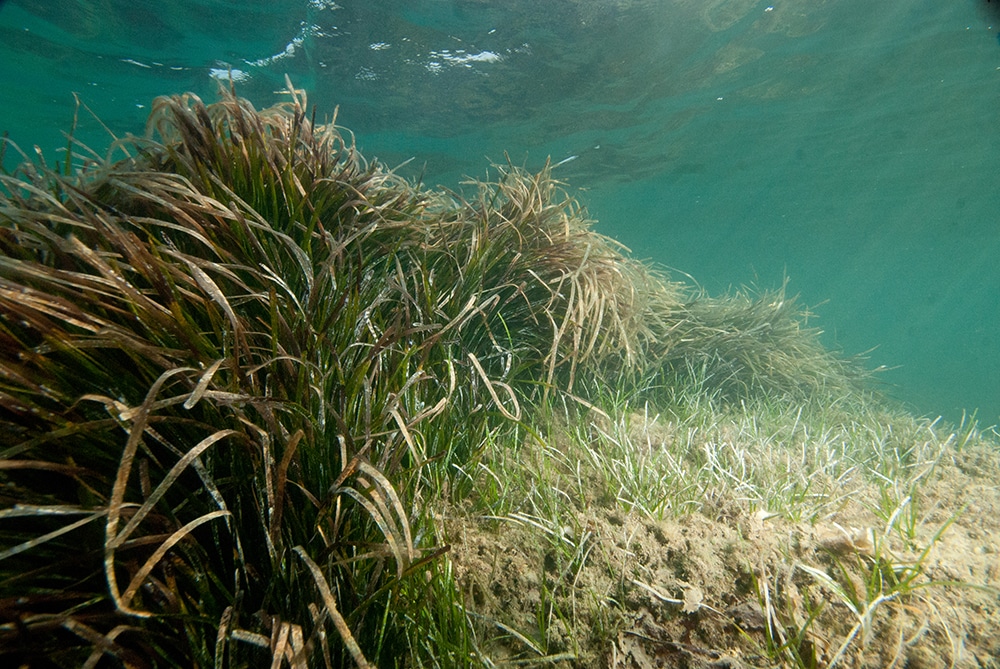
13. Florida’s Ancient Seagrass Meadows Defy Global Decline, Study Finds
Gainesville, United States – In a rare bright spot for marine ecosystems, scientists from the Florida Museum of Natural History and the University of Florida have discovered that Florida’s Nature Coast harbors one of the world’s healthiest seagrass beds. Using fossil records of mollusk shells, researchers reconstructed the ecological history of these meadows, revealing that they have remained remarkably stable and undisturbed for thousands of years-unlike most global seagrass habitats, which have suffered dramatic declines.
The study, published in Marine Ecology Progress Series, highlights how these meadows act as vital carbon sinks, storm barriers, and nurseries for over 80% of Florida’s commercially and recreationally important fish. While development and nutrient pollution have devastated seagrass elsewhere in Florida, the Nature Coast’s relative isolation has preserved its underwater oases. Scientists urge continued protection as climate change and migration of marine species threaten this fragile balance.
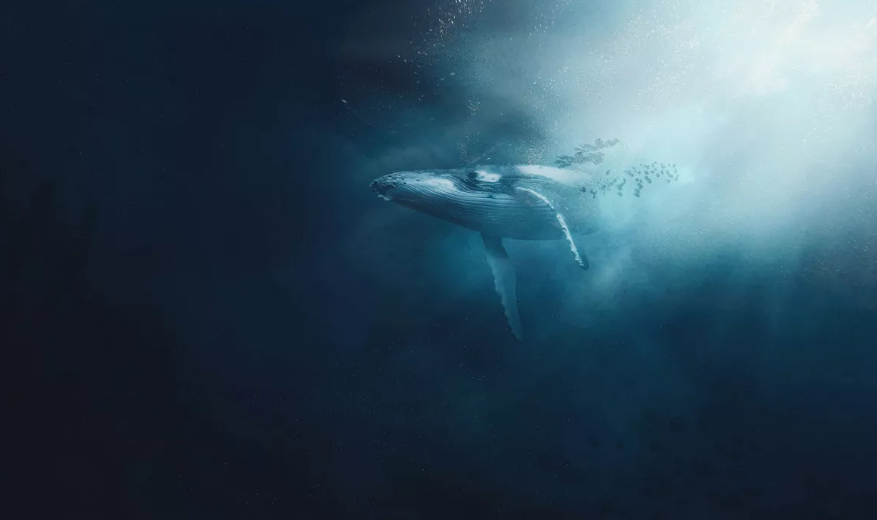
14. Listening to Whale Songs Turns Tourists into Ocean Champions, Study Finds
Queensland, Australia – A new study from the University of the Sunshine Coast reveals that hearing the haunting songs of humpback whales during whale-watching tours can spark powerful feelings of awe and humility in tourists-emotions that last long after the trip ends. Researchers joined excursions off Mooloolaba, combining visitor feedback with acoustic data from underwater microphones. Tourists exposed to whale vocalizations, tail slaps, and pre-recorded underwater audio reported heightened happiness and calm, but most importantly, a strong desire to take environmental action.
The study found that these emotional encounters inspired participants to improve recycling habits, cut waste, and support ocean conservation. Lead researcher Vikki Schaffer emphasized the critical role of sound in connecting people to marine life and called for protecting underwater acoustic environments from noise pollution. The findings highlight how immersive, multi-sensory tourism can drive lasting pro-environmental behavior.
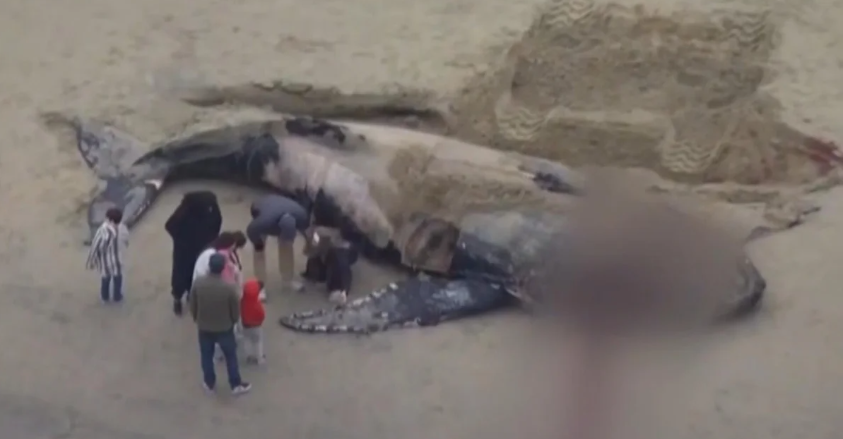
15. Toxic Algae Bloom Turns Australian Coast Into “Horror Movie” for Marine Life
Adelaide, Australia – A vast bloom of toxic algae has triggered mass deaths of sharks, rays, crabs, octopuses, and more than 200 other marine species along South Australia’s southern coast. The culprit, Karenia mikimotoi, first appeared in March and now stretches over 1,700 square miles, devastating wildlife hotspots including Kangaroo Island, Yorke Peninsula, and Fleurieu Peninsula. “It is like a horror movie for fish,” said Brad Martin of Ozfish, as carcasses litter popular beaches.
Scientists say the unprecedented scale and persistence of the bloom are fueled by a marine heatwave and unusually calm seas, both linked to climate change. The algae suffocate marine life by damaging their gills, and experts warn recovery could take significant time. Authorities urge the public to avoid discolored or foamy water, which can irritate skin and affect breathing, as the crisis continues with no immediate end in sight.
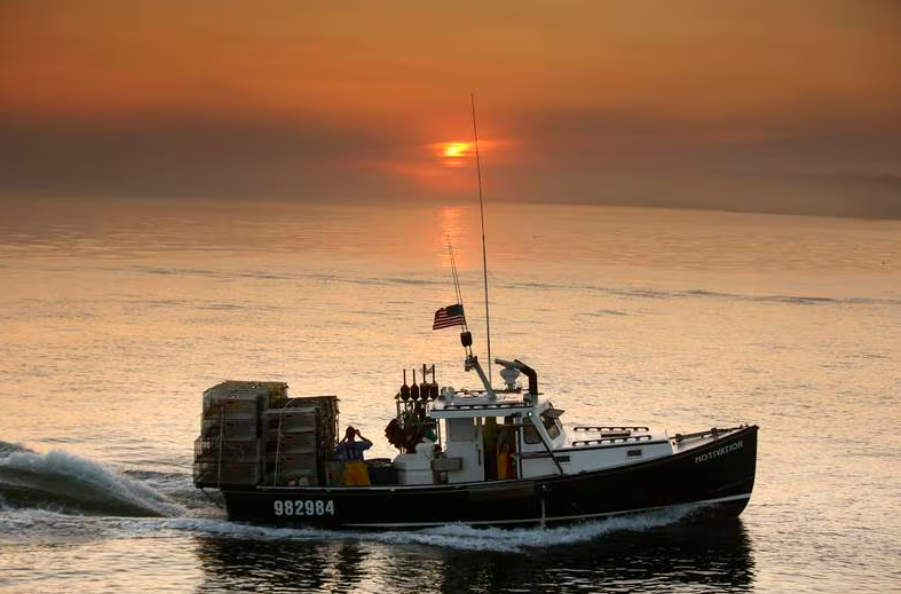
16. Trump’s Seafood Order Sparks Joy for Fishers, Alarm for Conservationists Over Overfishing Risks
Portland, Maine, United States – President Donald Trump’s latest executive order rolling back fishing regulations is making waves across the U.S. seafood industry. Celebrated by commercial fishers as a lifeline for a sector battered by trade deficits and environmental changes, the order aims to boost domestic seafood production by peeling back regulations and opening previously protected marine areas to harvesting. Industry leaders hail the move as a “thoughtful, strategic approach” that will benefit the entire supply chain and promote seafood as a healthy protein.
However, conservation groups warn the order threatens decades of science-based fisheries management under the Magnuson-Stevens Act, risking a surge in overfished stocks-already up from 40 to 47 in the past decade. Environmentalists vow to fight weakened protections, especially for pristine marine monuments now at risk. The order also mandates a review of marine protections and a new seafood trade strategy.
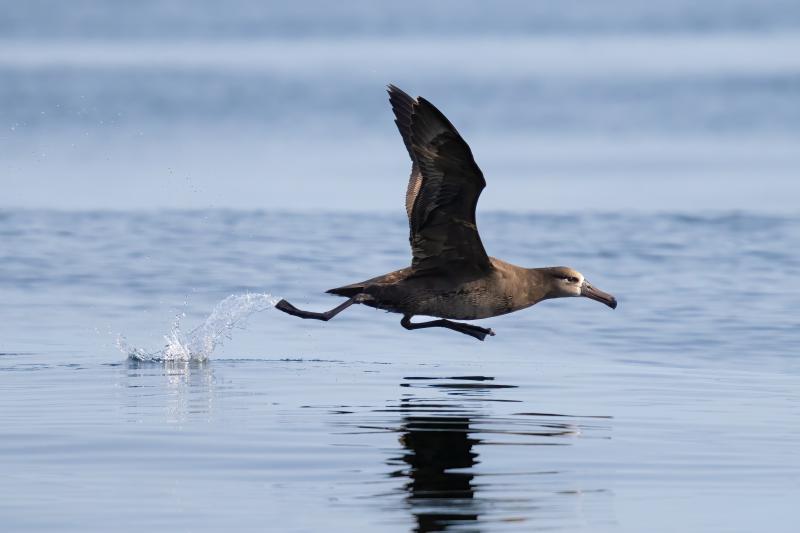
17. Genetic Breakthrough Pinpoints Which Albatross Colonies Are Hit Hardest by Fishing Bycatch
Seattle, United States – Scientists at NOAA Fisheries have unveiled a groundbreaking genetic tool that traces black-footed albatrosses killed as bycatch in U.S. fisheries back to their breeding colonies, revolutionizing seabird conservation. The black-footed albatross, which breeds on a handful of low-lying islands in Hawaii and Japan, faces its greatest threat from accidental capture in commercial hook-and-line fisheries.
Using genetic stock identification (GSI) on 495 birds collected by observers between 2010 and 2022, researchers discovered a disproportionately high bycatch rate from the French Frigate Shoals colony-despite it representing just 7% of the overall population. In contrast, larger colonies like Midway Atoll and Laysan Island saw lower bycatch rates. This precision allows managers to target conservation at the most vulnerable colonies, especially as rising seas threaten breeding habitats. The study demonstrates GSI’s promise for managing migratory species and reducing bycatch impacts.
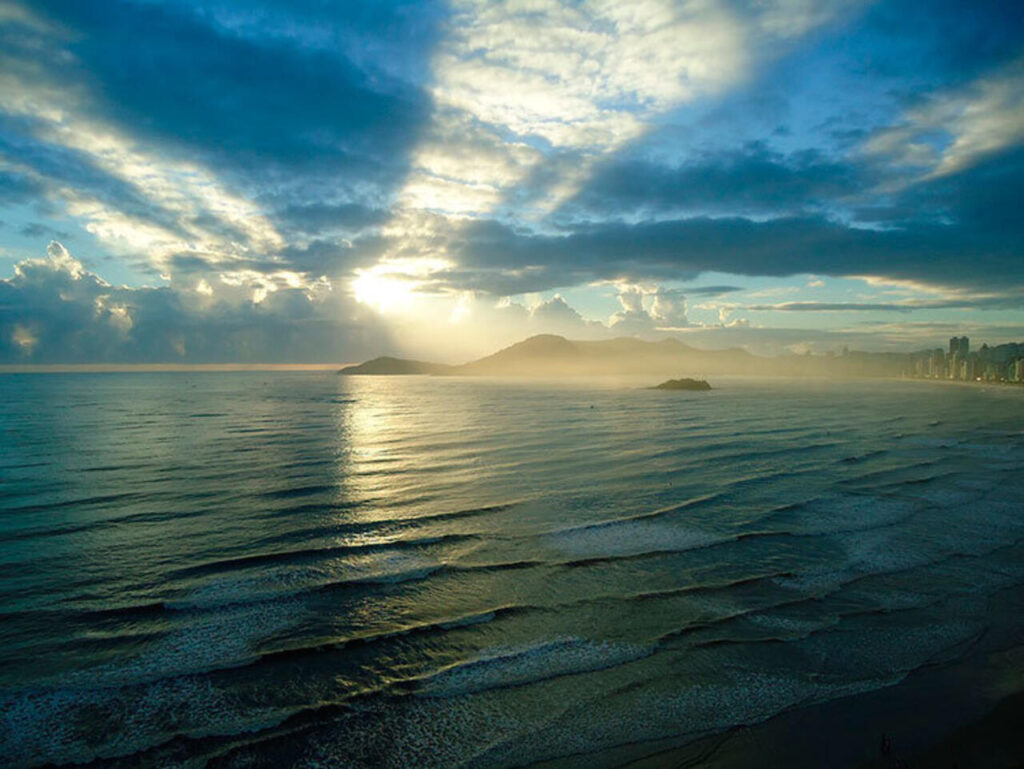
18. Oceans Are Changing Color-And It’s a Warning Sign from Climate Change
London, United Kingdom – Scientists are sounding the alarm as satellite data reveal that more than half of the world’s oceans have shifted in color over the past 20 years, a subtle but significant sign of climate change. Using NASA’s ocean-monitoring satellites, researchers detected changes invisible to the naked eye but unmistakable in the data, especially in tropical and subtropical waters.
The culprit? Shifts in phytoplankton populations-the tiny plants at the heart of the marine food web-driven by warming seas and changing currents. Experts warn that these color changes signal ecosystem upheaval, with potential ripple effects on everything from fisheries to carbon cycling. “The fact that we’re seeing this in the open ocean-the largest habitat on the planet-is concerning,” one researcher said. The findings highlight the urgent need for global action to protect ocean health.

19. New U.S. Bill Promises Real-Time Fishing Rules for Anglers and Boaters
Washington, D.C., United States – Saltwater anglers and boaters could soon get instant access to up-to-date fishing regulations and navigation info, thanks to the new MAPOceans Act introduced in the U.S. House by Representatives Russell Fry (R-S.C.) and Mike Levin (D-Calif.). The bipartisan bill, championed by the Theodore Roosevelt Conservation Partnership, directs NOAA to digitize and standardize federal marine rules and restrictions-making them available via smartphone apps and GPS units.
This move builds on the success of the MAPLand and MAPWaters Acts, aiming to simplify complex, ever-changing regulations for the hundreds of thousands of offshore miles and numerous fish species managed by NOAA. Supporters say the legislation will make it easier for millions to enjoy America’s saltwater recreation, stay compliant, and protect marine resources. Industry leaders and conservationists alike are celebrating the bill’s introduction.

20. India and EU Unleash $41 Million Innovation Drive to Fight Ocean Plastic and Make Green Hydrogen
New Delhi, India – India and the European Union have launched two major research initiatives, investing ₹391 crore (€41 million) to tackle marine plastic litter and turn waste into green hydrogen. Under the India-EU Trade and Technology Council, the first coordinated call targets marine pollution, with a combined budget of €21.3 million, aiming to develop new tools to detect microplastics, assess risks to marine life and humans, and create innovative solutions for reducing plastic at its source.
The second call, backed by €19.3 million, focuses on converting biogenic waste into hydrogen using advanced catalysts and eco-friendly processes, supporting both the EU’s Hydrogen Strategy and India’s National Green Hydrogen Mission. Leaders from both regions hailed the collaboration as a leap toward a cleaner, more sustainable future, promising scientific breakthroughs and policy support to protect oceans and advance clean energy.
